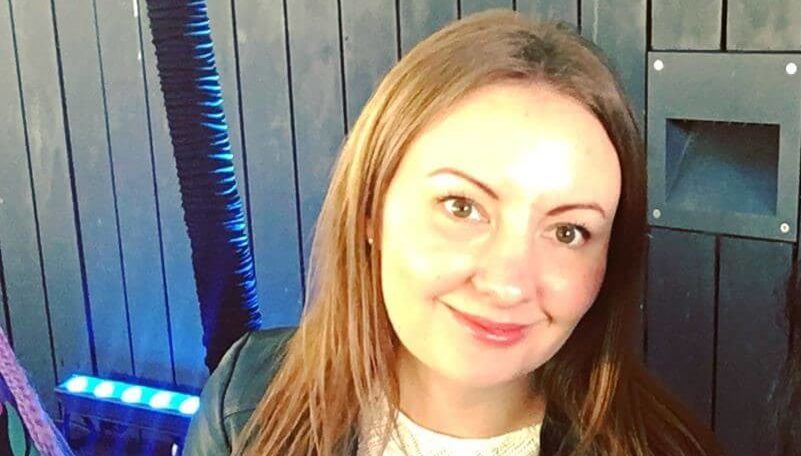Why we fly
Nadine’s Story
You get one shot at providing immediate treatment after serious accidents or serious health conditions and that one shot can be the difference between a positive or negative outcome. The local air ambulance do all they can to ensure it is a positive outcome
Nadine Sowinski (35) has no recollection of being flown by the helicopter in May 2019 after she was involved in a horrific road traffic collision, but she recognises the difference being attended by the critical care doctor and paramedics made to her recovery.
“It was one of the most vulnerable times of my entire life and they were a significant part of scooping me up, rescuing me and getting me to the appropriate place of care with the worst case scenario in mind. “
“You get one shot at providing immediate treatment after serious accidents or serious health conditions and that one shot can be the difference between a positive or negative outcome. The local air ambulance do all they can to ensure it is a positive outcome,” she says.
Nadine had to be cut out of her car by the fire service and was taken by land ambulance to where the air ambulance had landed near to the scene of the accident on the A6 near Burton Latimer.
She was flown to University Hospital Coventry & Warwickshire in just 12 minutes – a journey that would have taken at least 40 minutes by road.
Her injuries included a fractured right ankle, severe laceration down to the bone on her left forearm, haematoma to her right elbow and a suspected perforated abdomen. She had lost a lot of blood and had a weak pulse.
She spent five days in hospital – during which time she underwent surgery to repair her forearm – and then was off work for three months.
Nadine suffered with post traumatic amnesia and received help from an occupational therapist and physiotherapist, along with emotional support. She also attended trauma and orthopaedic clinics.
An important part of her recovery was to meet the air ambulance doctor who treated her during a visit to the WNAA base at Coventry Airport.
Doctor Lauren Weekes was able to tell her about the treatment she received at the scene of the accident.
Nadine explains:
“It was comforting for me to meet one of the professionals involved in my care and it allowed me to say thank you which was very important to me.”
“As I have lost my memory of the actual accident and events just prior to it and for a while afterwards, Lauren helped me to fill in the blanks as to what my injuries were, what help I needed and why. This was a very necessary part of my recovery.”
Just over a year from the air base reunion (July 2020), Nadine still suffers pain from damaged ligaments in her right ankle but she finds swimming and yoga help and her walking is slowly improving.
Having been on the receiving end of the lifesaving work carried out by WNAA – which is dependent on donations to remain operational – she is urging local people and business to support the charity.
“The day you or someone you love need an air ambulance you will regret never having supported them. It is a service that doesn’t discriminate and treats each individual the same – as humans. They work alongside land services to quickly minimise distress to the patient and truly make an awful day that much more manageable,” she says.


